Top 10 Pharmaceutical Products Importing Countries
Top 10 Pharmaceutical Products Importing Countries Md. Joynal Abdin* Business Consultant & Digital Marketer Co-Founder & CEO of Bangladesh Trade Center The international trade of pharmaceutical products involves the import and export of various drugs, medications, and healthcare products…
Read More

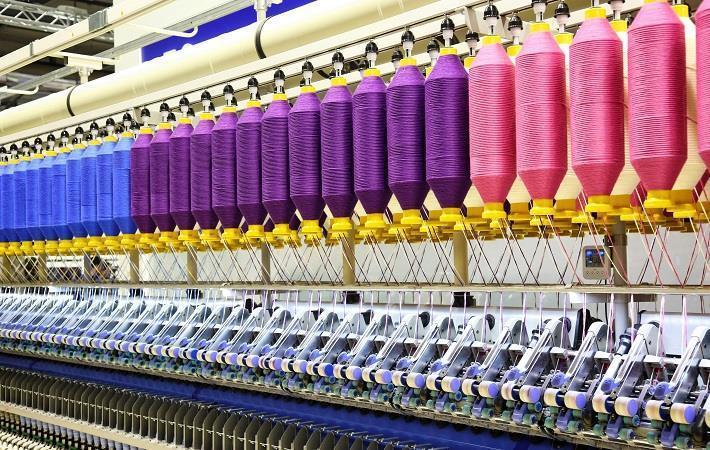
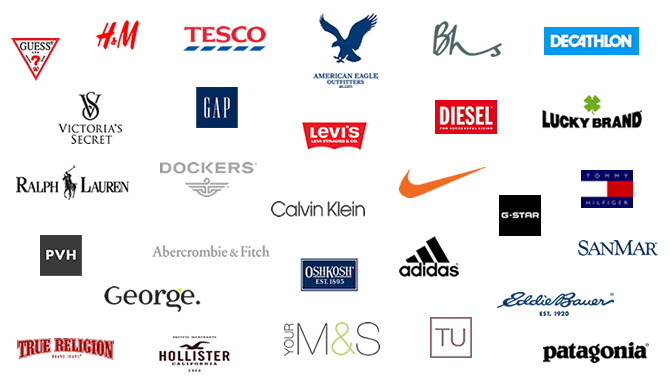

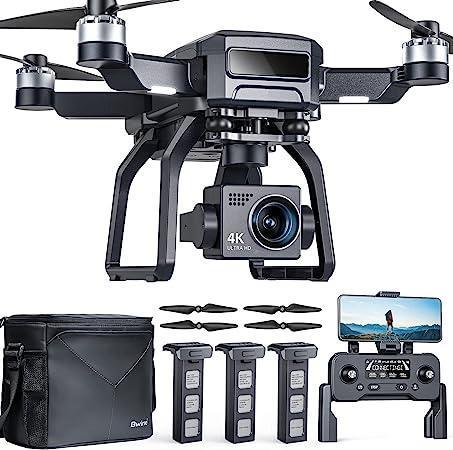


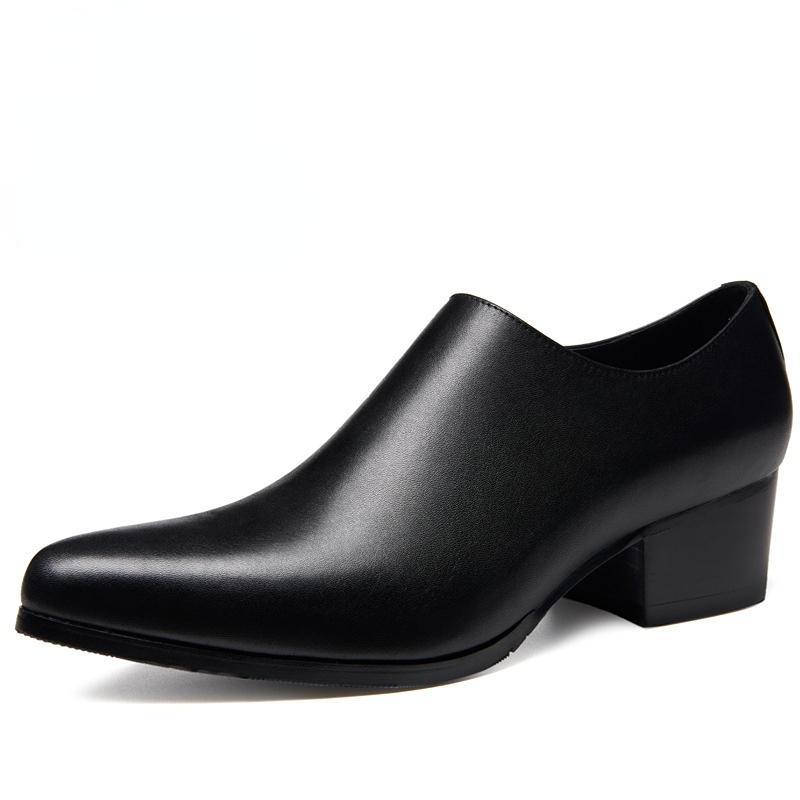

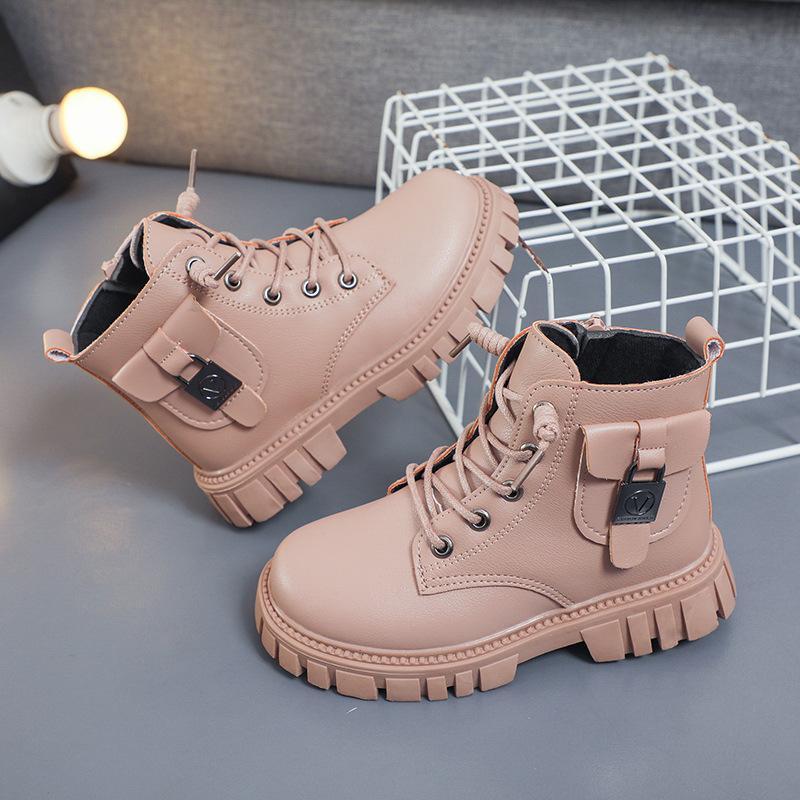

 by
by